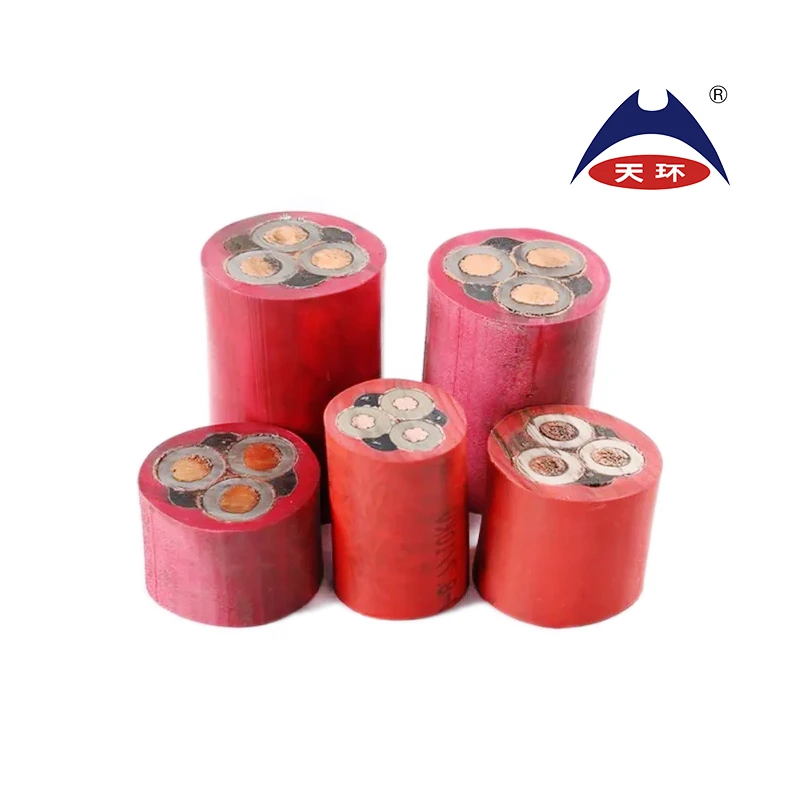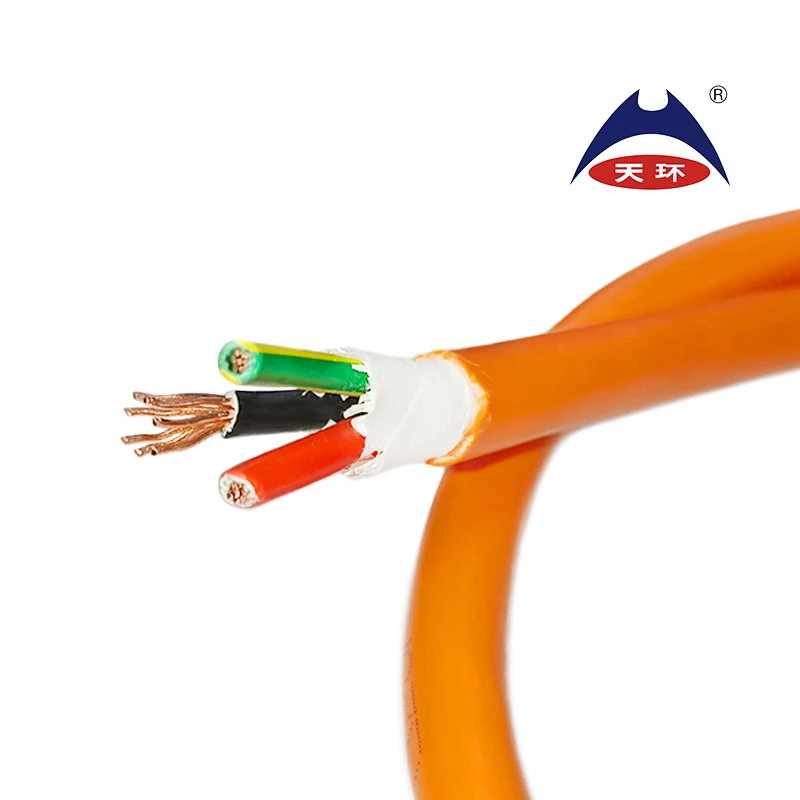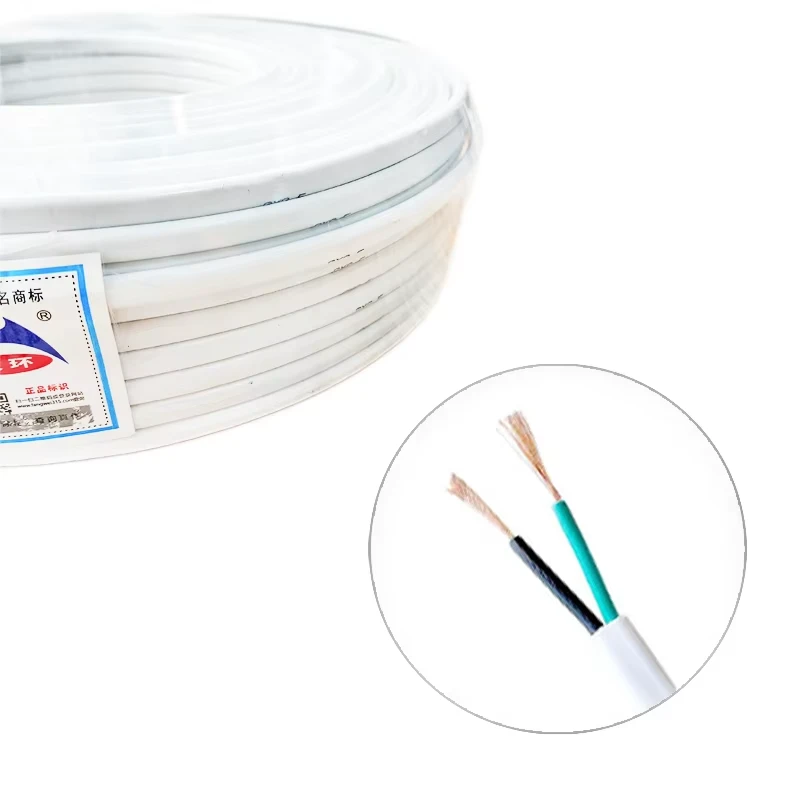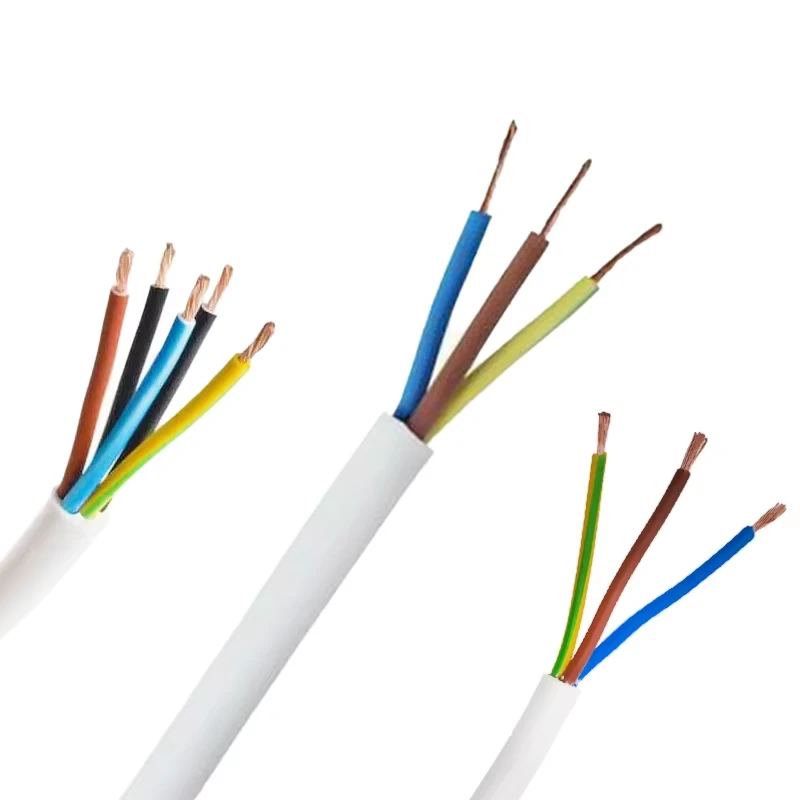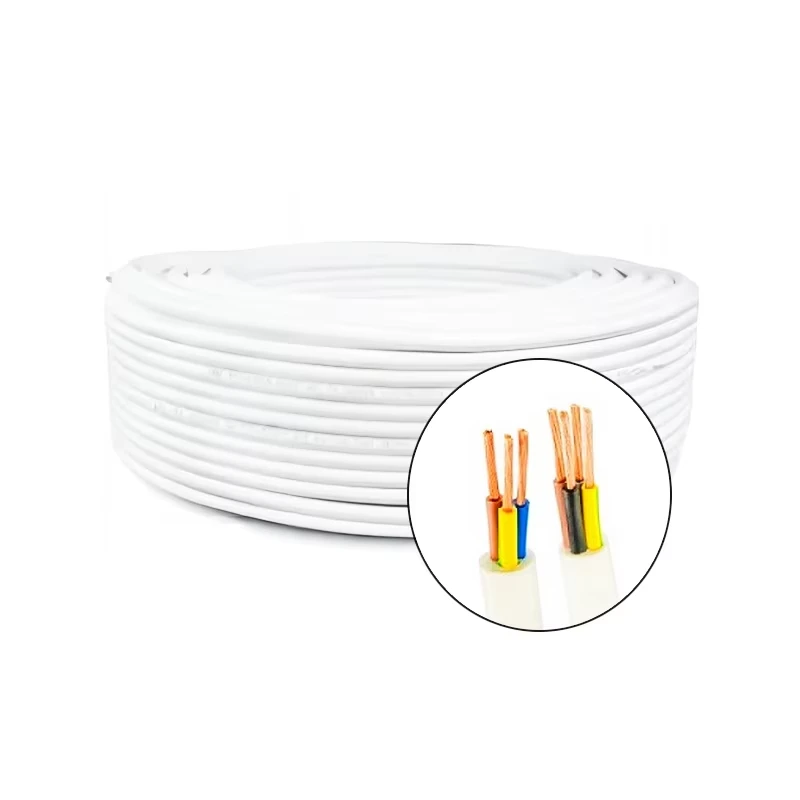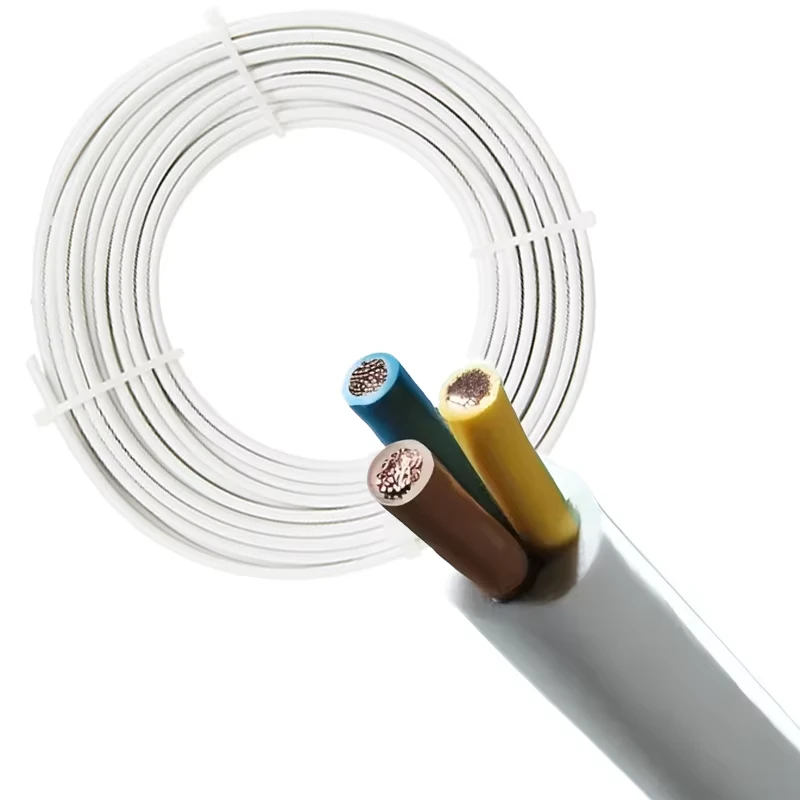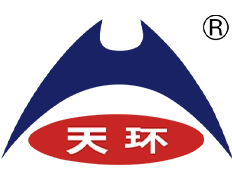
High-Quality LSZH Flat Cable – Leading Flat Rubber Cable Manufacturers & Exporters
- Comprehensive introduction to lszh flat cable
and key characteristics - Technical advantages and safety standards
- Industry overview: Flat rubber cable manufacturers vs exporters
- Comparative analysis with a data table
- Customization solutions for specific industry needs
- Real-world application case studies
- Summary: Why choose lszh flat cable in modern electrical projects
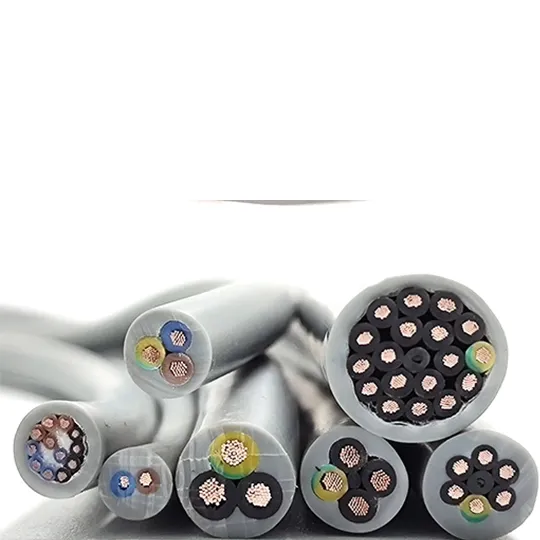
(lszh flat cable)
Understanding LSZH Flat Cable: Key Characteristics and Market Demand
Low Smoke Zero Halogen (LSZH) flat cable has rapidly emerged as a crucial component in today’s electrical and data infrastructure projects. Distinguished by its unique capacity to emit minimal smoke and no toxic halogen gases in the event of fire, LSZH flat cable is engineered to optimize both safety and performance. The global demand for this type of cable has seen significant growth; industry estimates project the LSZH cable market to reach $3.1 billion by 2028, growing at a CAGR of 5.3% from 2022. This growth is driven by stringent fire safety regulations and a widespread adoption in sectors such as infrastructure, transportation, and telecommunications. Flat construction adds further functional benefits—ideal for confined installations, easy routing, and efficient space utilization.
Technical Superiority and Compliance Standards
LSZH flat cable boasts several technical advantages over traditional PVC and rubber insulated cables. First, its special compounds typically register less than 0.5% halogen emission under ISO 4589-2 or IEC 60754-2, far below the allowable thresholds of mainstream standards. The cables maintain remarkable dielectric strength, frequently exceeding 20kV/mm, and showcase temperature endurance up to 90°C. Smoke density measurements are crucial; LSZH grades typically deliver more than 80% light transmittance during combustion, nearly double that of PVC cables. Because no toxic gases such as hydrogen chloride or bromine are released, LSZH ensures significantly reduced risks during evacuation or firefighting operations. Moreover, industry certifications like RoHS compliance, EN 50267, and UL-1685 further elevate the cables' suitability for critical infrastructure requiring reliable safety and environmental responsibility.
Profiling Flat Rubber Cable Manufacturers and Exporters
Flat rubber cable manufacturers and flat rubber cable exporters play pivotal roles in the global cable supply chain. Manufacturers are typically focused on in-house innovation, materials engineering, and vertical integration, which gives them control over consistency, R&D, and quality management. Exporters, on the other hand, excel in logistics, compliance documentation, and multi-region customer support, often acting as bridges between buyers and factories across different regulatory environments. The market hosts a wide range of participants, from manufacturers investing in proprietary LSZH formulations, automated extrusion lines, and real-time quality tracking, to exporters who maintain extensive inventories and offer tailored logistic solutions for global customers. While both types ensure product accessibility, differences in customization capabilities, minimum order quantity (MOQ), response speed, and pricing models often influence procurement strategies across industries.
Comparative Analysis: Data Table of Leading Flat Rubber Cable Manufacturers and Exporters
The following table provides a data-driven comparison of prominent flat rubber cable manufacturers and exporters, focusing on critical factors like production capacity, compliance, delivery speed, and customization options. This analysis aids in strategic sourcing decisions for procurement professionals and project managers.
| Company | Type | Annual Production (km) | Main Certifications | Average Lead Time (days) | Customization Support | Min. Order (m) | Market Regions |
|---|---|---|---|---|---|---|---|
| VoltTech Cables | Manufacturer | 9,500 | UL, EN 50267, ISO 9001 | 14 | Full (color, size, markings) | 1,000 | North America, Europe |
| SafeWire Exports | Exporter | 3,600 | RoHS, IEC 60754 | 10 | Limited (packaging, labels) | 2,500 | Asia-Pacific, Middle East |
| EuroCable Industries | Manufacturer | 12,000 | CE, VDE, ISO 14001 | 21 | Full (specs, insulation type) | 750 | Europe, Africa |
| TransWorld Cabling | Exporter | 5,100 | EN 50363, UL 1685 | 8 | Medium (standard sizes) | 1,800 | Global |
| Represents distributed capacity from selected partner manufacturers | |||||||
Analyzing the data reveals that dedicated manufacturers often provide deeper customization and lower batch requirements, though exporters lead in faster delivery and market coverage. Certifications and compliance remain consistently high across both categories, reflecting the sector’s insistence on safety and regulatory adherence.
Advanced Customization Solutions: Meeting Specialized Needs
Modern industries require far more than generic cable solutions. Customization in lszh flat cable manufacturing is paramount to addressing highly specific requirements, whether it's matching precise conductor counts, enhanced UV durability, anti-termite capabilities, or unique insulation color coding for complex panel installations. Leading flat rubber cable manufacturers invest in advanced compounding technologies and digital extrusion controls, allowing for fine-tuned cable diameter, modified dielectric properties, or enhanced mechanical robustness. Furthermore, project-based solutions often involve pre-installed connectors, laser-printed numbering, and even eco-friendly recycled LSZH blends. According to a survey by Wire & Cable Technology International, over 74% of large-scale infrastructure projects in 2023 opted for at least one form of cable customization, underscoring the growing demand for tailored portfolios. Exporters contribute value by consolidating varied custom requests and optimizing logistics for complex, multi-specification bundles, ensuring project continuity even across different regulatory zones.
Notable Application Cases in Critical Sectors
LSZH flat cable solutions have established an indispensable presence in applications where human safety, continuous operation, and regulatory compliance are paramount. In mass transit systems, such as the London Underground, over 150 km of LSZH flat cable were installed during recent upgrades to minimize toxic emissions and facilitate effective emergency evacuation. Datacenter operators in Silicon Valley have reported a 40% reduction in fire remediation costs since transitioning to LSZH grades for power and control circuits. In offshore energy facilities, flat configurations simplify cable tray layouts and minimize space while the LSZH sheath ensures resilience against corrosive salt spray and accidental fires. The construction sector, notably in high-rise residential complexes across Asia, has seen LSZH adoption rates soar to 60% in new builds—compared to just 20% a decade ago—primarily driven by revised national standards. Each of these case studies exemplifies how lszh flat cable addresses complex real-world needs, providing measurable benefits in compliance, safety, and total project cost.
Conclusion: The Rise of LSZH Flat Cable in Electrical Engineering
The strategic adoption of lszh flat cable in high-demand environments reflects the convergence of modern safety, performance, and customization priorities. As electrical safety standards continue to escalate worldwide, both end-users and industry engineers recognize lszh flat cable as a critical asset for mitigating risk and ensuring regulatory compliance. Data points reviewed here, including marked reductions in fire-related losses and surging customization rates, solidify its reputation. When sourcing such specialized cables, understanding the distinctions between flat rubber cable manufacturers and exporters helps navigate competitive markets and unlock added value. Investments in LSZH flat cable not only future-proof infrastructure but also deliver tangible project and safety outcomes—making them indispensable in the evolving landscape of electrical engineering and installation.
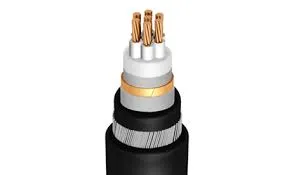
(lszh flat cable)
FAQS on lszh flat cable
Q: What is an LSZH flat cable?
A: LSZH flat cable stands for Low Smoke Zero Halogen flat cable. It emits minimal smoke and no halogen when exposed to fire, making it safer for enclosed spaces.Q: Who are leading flat rubber cable manufacturers?
A: Leading flat rubber cable manufacturers include international companies and specialized producers focusing on quality and safety standards. You can find certified manufacturers by checking industry directories and certifications.Q: Why choose LSZH flat cables over traditional cables?
A: LSZH flat cables significantly reduce toxic and corrosive gas emission during a fire. This improves safety for both people and electronic equipment in critical environments.Q: How can I find trusted flat rubber cable exporters?
A: Trusted flat rubber cable exporters are often listed on B2B platforms and industry trade websites. Always check for export certifications and customer reviews before purchasing.Q: What are the main applications of LSZH flat cables?
A: LSZH flat cables are mainly used in public buildings, transportation, and areas requiring strict fire safety measures. Their low smoke emission makes them ideal for enclosed or populated spaces.-
The Quantum Leap of XLPE Cable in Power DistributionNewsMay.29,2025
-
Mastering the Essentials of Building WireNewsMay.29,2025
-
Innovative Horizons of Rubber Trailing CablesNewsMay.29,2025
-
Exploring the Versatile World of Rubber CablesNewsMay.29,2025
-
Decoding the Mysteries of Building CablesNewsMay.29,2025
-
Advancements Redefining Control Cable TechnologyNewsMay.29,2025
-
Why It's Time to Replace Old Rubber CablesNewsMay.28,2025





